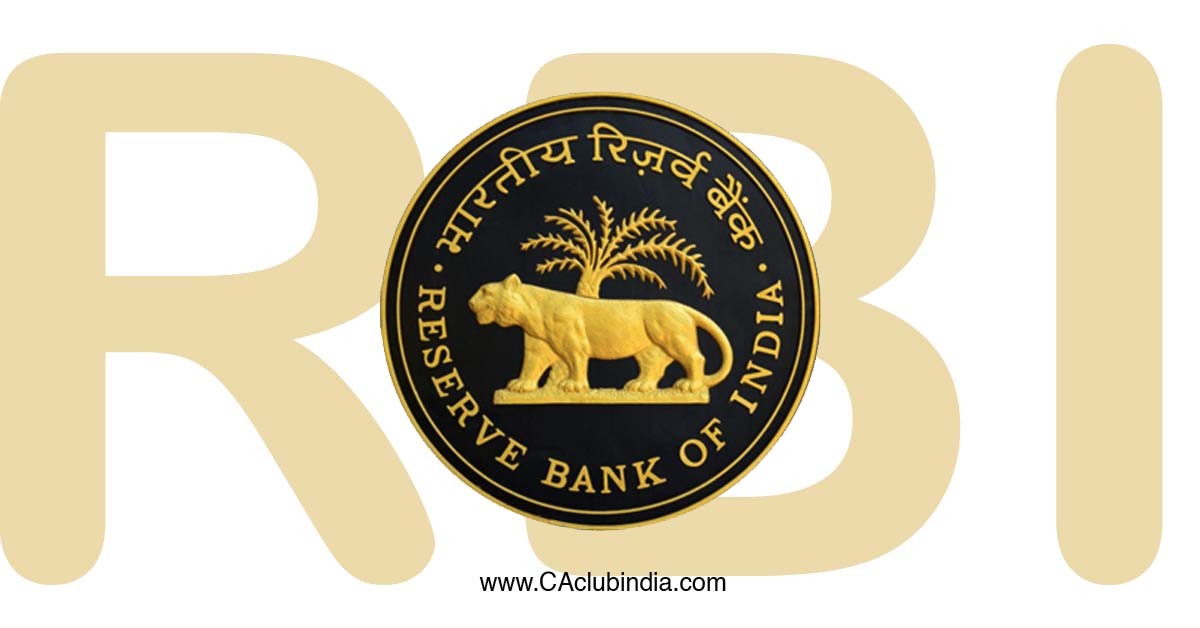For countless individuals scattered across the vast Indian landscape, their bank accounts stand not just as a repository of finances, but as a symbol of security and a conduit for daily transactions. Yet, within the labyrinthine world of banking, accounts can fall dormant, adrift in a sea of financial inactivity. Recognizing this, the Reserve Bank of India (RBI) recently issued a circular outlining regulations concerning inoperative accounts and unclaimed deposits, aiming to safeguard both banking efficiency and individual interests. This comprehensive guide delves into the intricacies of this circular, dissecting its key definitions, guidelines, and implications for account holders and banks alike.
Understanding the Terminology
Before navigating the intricate path of the circular, let us first equip ourselves with the essential vocabulary. At the heart of these regulations lie two central concepts:
- Inoperative Account: An account slumbering in perpetual stillness, devoid of any customer-initiated transaction for a period exceeding two years. Transactions triggered by the bank, such as automatic interest crediting or service charges, don't qualify as customer-induced activity.
- Unclaimed Deposit: A sum lying dormant in an account for a decade or more, untouched by its rightful owner. Like a forgotten melody whispered in an empty hall, it waits patiently for the moment its rhythm resonates with the account holder.

Unraveling the Web of Regulations
Now, armed with the necessary vocabulary, let us embark on a voyage through the key tenets of the circular:
- Annual Scrutiny: The RBI mandates that banks conduct an annual review of all accounts exhibiting no customer-induced activity for over a year. This meticulous examination serves as an early warning system, identifying slumbering accounts before they slip into the inoperative realm.
- The Dormant Threshold: After two years of unbroken silence, an account graduates to the status of "inoperative" unless the customer furnishes a valid explanation for the inactivity. This threshold acts as a firewall, preventing accounts from drifting into oblivion unnoticed.
- Chasing the Elusive Account Holder: Once an account dons the inoperative mantle, the bank embarks on a quest to reunite the account with its rightful owner. Investigative tools are deployed, contact details verified, and even public notices published, all in an endeavor to bridge the communication gap.
- Reawakening the Slumbering Account: Should the dormant account stir back to life with a customer-initiated transaction, its inoperative status is immediately revoked. KYC documents may be requested for verification, but reactivation itself cannot be hindered by any additional fees or hurdles.
- Nurturing the Dormant Balance: Even while slumbering, an inoperative account continues to accrue interest. This financial nourishment ensures that the funds do not stagnate, but grow steadily despite the account's temporary state of inactivity.
- Transparency Through Sunlight: The circular underscores the importance of transparency. Banks are required to publicly display a list of unclaimed deposits on their websites, equipped with a search function to facilitate easy retrieval by rightful owners. This measure sheds light on the forgotten fortunes, inviting their reclaim.
- Safeguarding from Shadows: Recognizing the vulnerability of inoperative accounts to unscrupulous activities, the RBI emphasizes strict fraud risk management practices. Banks are tasked with implementing robust security protocols to ensure that dormant funds remain safe from the grasp of malicious actors.
- Raising Awareness, Inspiring Action: Effective communication is paramount. The circular calls upon banks to proactively raise awareness about inoperative accounts and unclaimed deposits through various channels. This information campaign ensures that the regulations resonate with account holders, prompting them to take necessary action.
- Effective Date and Repealed Directives: The circular sets its sights on April 1, 2024, marking the commencement of its reign over the realm of inoperative accounts and unclaimed deposits. To pave the way for this new framework, several existing circulars listed in Annex II of the new document are officially repealed.
Beyond the Words: Implications and Insights
The RBI's circular carries significant implications for both account holders and banks. For individuals, it serves as a gentle nudge to revisit their financial landscape, ensuring long-forgotten accounts don't slip into the clutches of inactivity. By raising awareness about unclaimed deposits, it empowers dormant fortunes to find their rightful homes. Banks, on the other hand, are entrusted with the responsibility of implementing these regulations with transparency and efficiency. They must diligently monitor accounts, facilitate reactivation, and prioritize fraud prevention.
Looking beyond the immediate impact, the circular also fosters a culture of financial health. By encouraging account management and discouraging unclaimed deposits, it promotes responsible financial habits and strengthens the Indian banking ecosystem. In essence, it represents a step towards a more transparent, accountable, and efficient financial landscape.






 CAclubindia
CAclubindia


